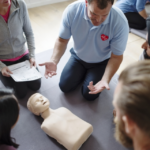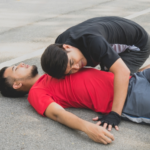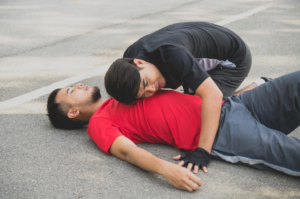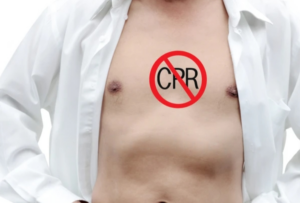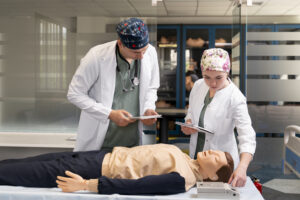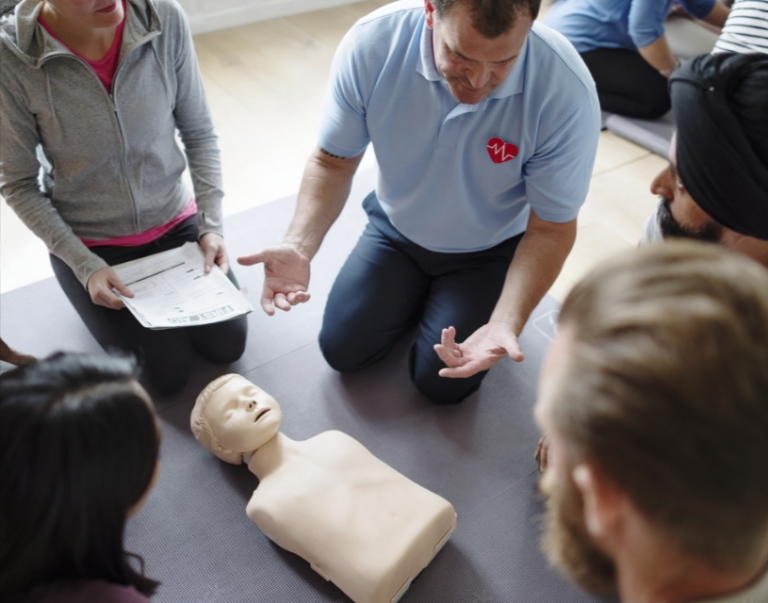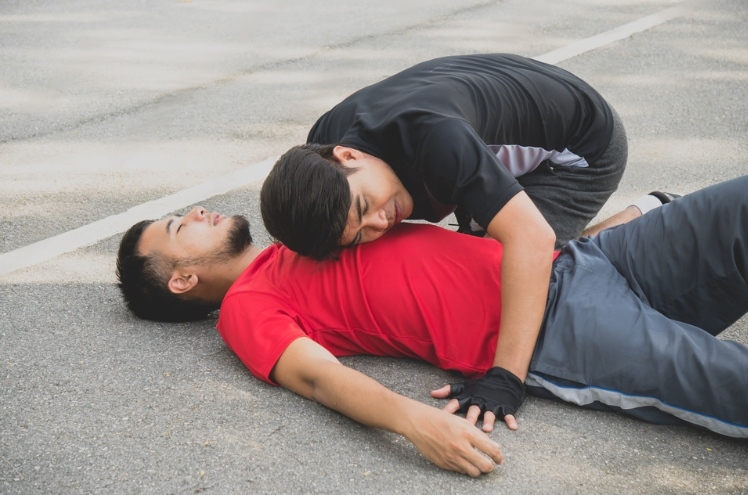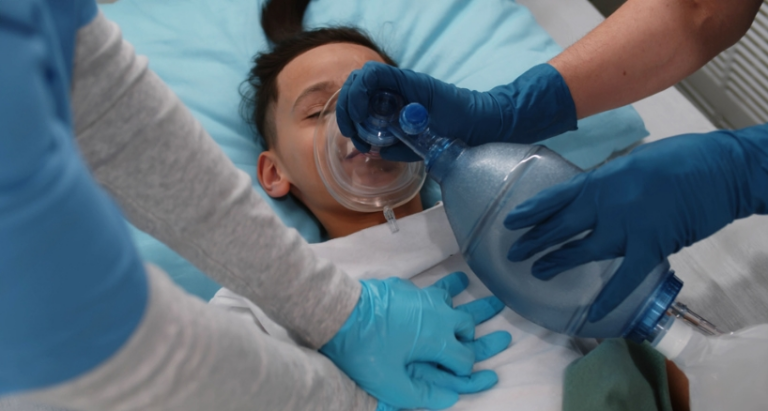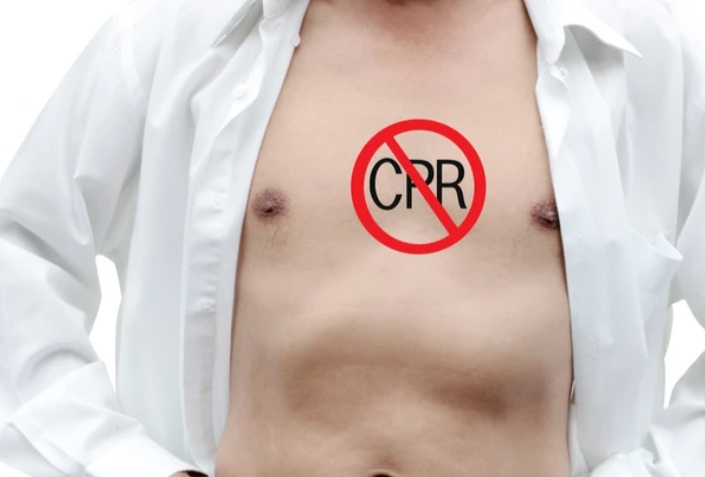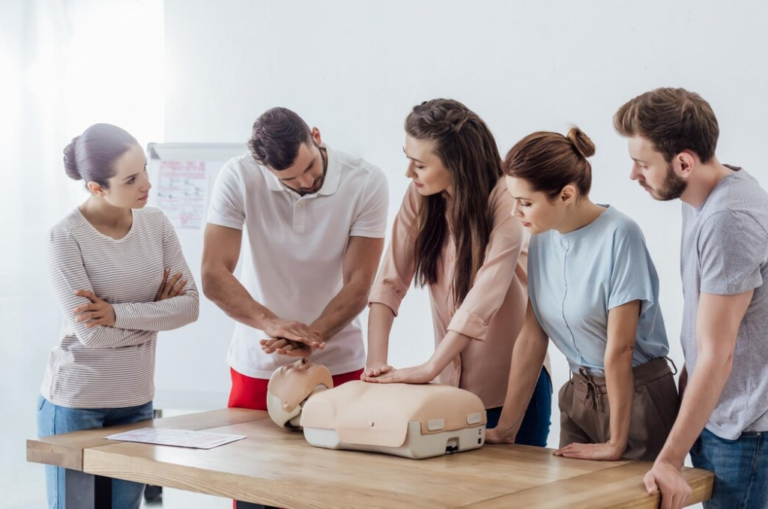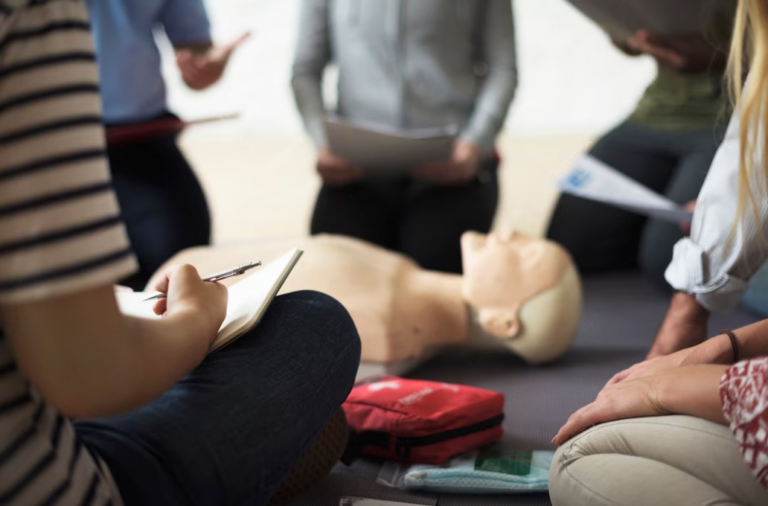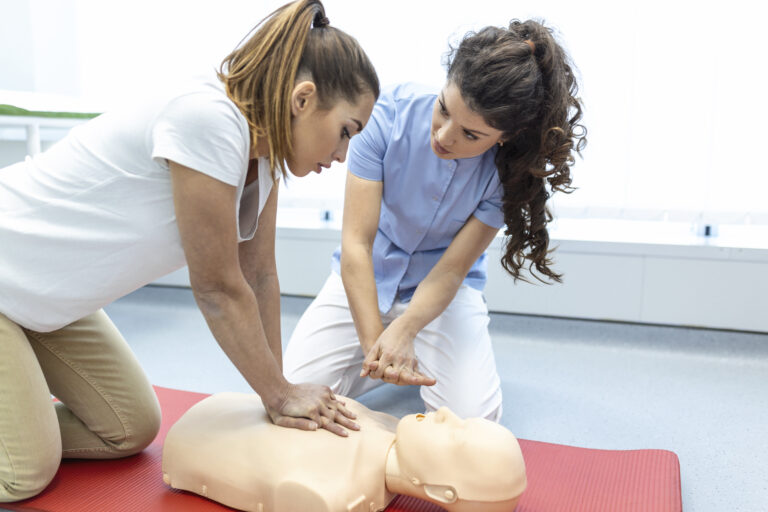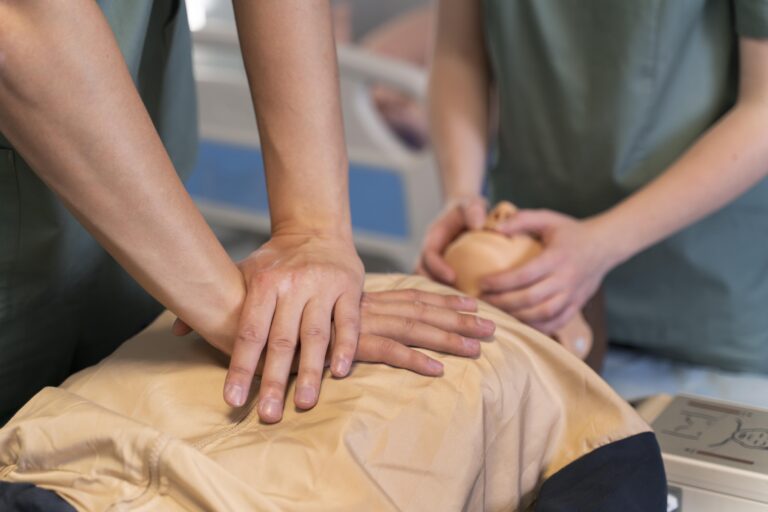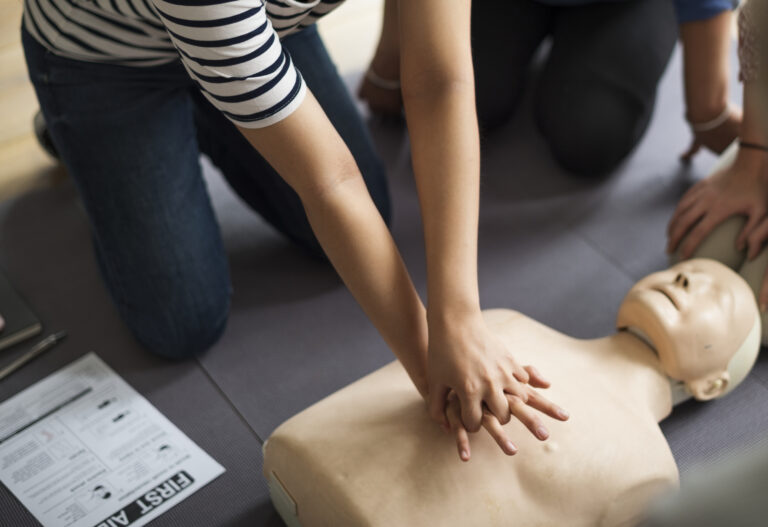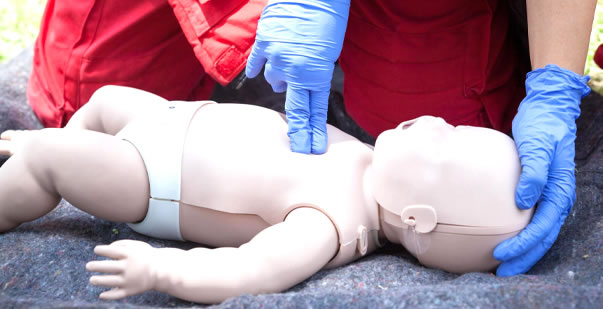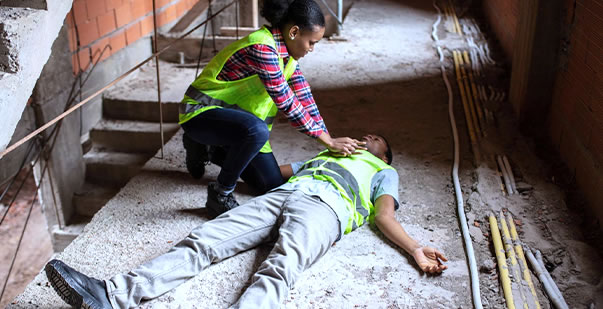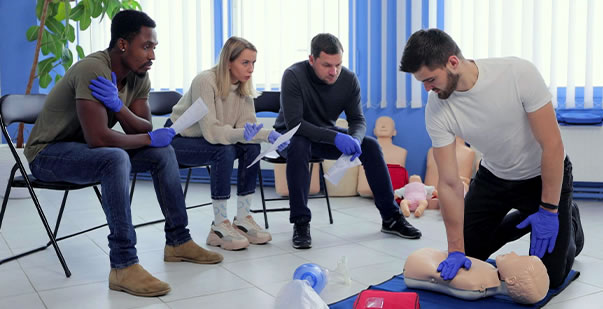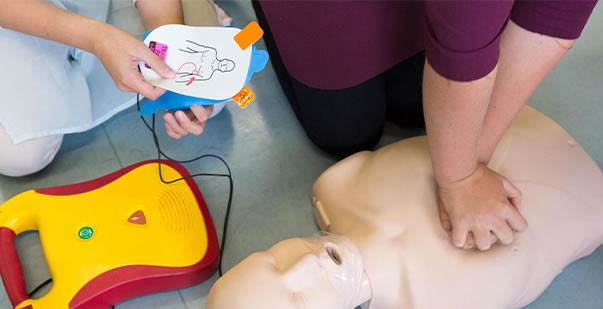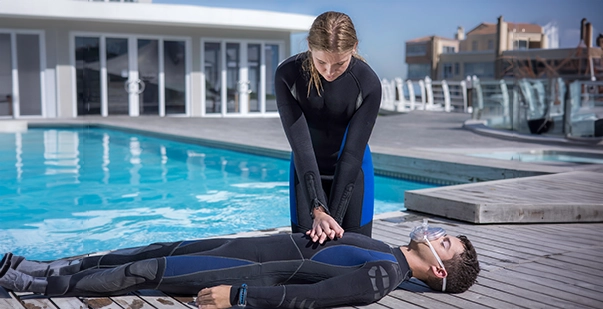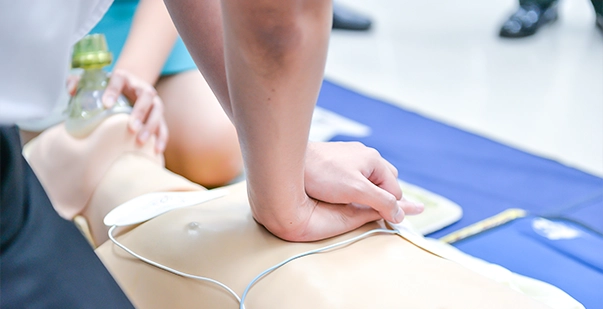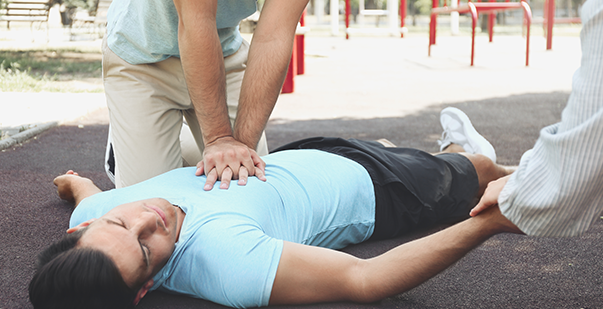Are you considering advancing your career for higher-paying opportunities? If so, exploring new skills is crucial. While options like learning a musical instrument or becoming a Zumba instructor are enticing, there’s immense value in acquiring life-saving skills. CPR, accessible to everyone regardless of their healthcare background, equips individuals to respond effectively in emergencies such as heart attacks, choking incidents, drowning, and gasping. In fact, statistics reveal that nearly 90% of cardiac arrests occur at home, highlighting the importance of preparedness within households.
By undergoing CPR training, you not only safeguard your loved ones but also contribute to the broader community’s safety. With the flexibility of online or blended CPR training options offered by reputable institutes like those listed on CPR Care Near Me, acquiring these vital skills, including understanding the adult CPR compression rate and how CPR differs in an unresponsive adult choking victim, has never been more convenient. This article delves into the seven crucial steps of adult CPR and more, empowering you to make a difference when it matters most.
Steps of Adult CPR
Did you know that there are different types of CPR techniques? Yes, there are three types of age-related CPR techniques, including adult CPR. Unlike the movies, where the hero saves his leading lady and administers CPR, there is much more to it than what is shown. To know what is the correct sequence of CPR and to understand what is the most important step in CPR, read the points below:
Cardiopulmonary resuscitation (CPR) is a critical life-saving skill that involves a sequence of steps tailored to different age groups. Understanding the correct protocol is essential for effective intervention. Here’s a detailed breakdown of the steps involved in adult CPR:
1. Assess the Situation:
- Evaluate the scene for any potential hazards and ensure your safety.
- Check for responsiveness by gently tapping the person and asking if they are okay.
- If the person is unresponsive, shout for help and activate the emergency response system immediately.
2. Check for Breathing:
- Open the person’s airway by tilting their head back and lifting the chin.
- Look, listen, and feel for signs of breathing by placing your ear close to their mouth and nose while observing their chest for rise and fall.
- If the person is not breathing or only gasping, begin CPR.
3. Perform Chest Compressions:
- Position the person on their back on a firm surface.
- Kneel beside the person’s chest and place the heel of one hand on the center of their chest, between the nipples.
- Place your other hand on top of the first hand, interlocking your fingers.
- With straight arms, perform hands-only CPR by compressing the chest downward at least 2 inches (5 centimeters) at a rate of 100 to 120 compressions per minute as recommended for adult CPR compression rate.
- Allow the chest to fully recoil between compressions.
4. Deliver Rescue Breaths:
- Tilt the person’s head back slightly and lift their chin to open the airway.
- Pinch the person’s nostrils closed and create a seal over their mouth with your mouth.
- Give two rescue breaths, each lasting about 1 second, and watch for the chest to rise.
5. Continue CPR:
- Alternate between cycles of 30 chest compressions and 2 rescue breaths.
- Continue CPR until:
- Emergency medical services (EMS) personnel arrive and take over.
- The person shows signs of life, such as breathing normally, moving, or responding.
- You are too exhausted to continue.
- An automated external defibrillator (AED) is available and ready to use.
6. Use an AED (if available):
- If an AED is accessible, power it on and follow the prompts provided.
- Attach the AED pads to the person’s bare chest as shown in the illustrations.
- Allow the AED to analyze the person’s heart rhythm, and follow the device’s voice or visual prompts for further instructions.
7. Monitor the Person:
- Continuously assess the person’s condition and be prepared to adjust your actions accordingly.
- Provide care for any other injuries or medical conditions until help arrives.
By following these steps and receiving proper CPR training, you can significantly increase the chances of survival for someone experiencing cardiac arrest. Remember to stay calm, act quickly, and prioritize the person’s well-being until professional help arrives.
Also Read: What are the 7 steps of CPR | Step by Step guide
Online first aid and CPR training benefits
Online education has bridged the gap and brought virtual education to your doorstep. The world moved on from physical books and adapted virtual study material. Today, with many websites teaching you life-saving courses like adult CPR, you can get certified in no time with accredited certifications. With one click of a button on your laptop, you can take the benefits of online classes. Keep reading on to find out more:
Online first aid and CPR training offers numerous benefits, revolutionizing the way individuals acquire life-saving skills. Here’s a closer look at some of the key advantages:
Convenience and Accessibility:
- Online training for adult cpr eliminates the need for in-person attendance, allowing learners to access courses from anywhere with an internet connection.
- According to recent statistics, over 70% of Americans prefer online learning due to its convenience and flexibility.
Self-Paced Learning:
- Online courses typically offer self-paced learning options, enabling learners to study at their own convenience and progress through the material at their preferred pace.
- Research indicates that self-paced learning can lead to higher retention rates and greater knowledge acquisition compared to traditional classroom-based instruction.
24/7 Availability:
- Online platforms provide round-the-clock access to course materials, allowing learners to study at any time that suits their schedule.
- This accessibility ensures that individuals with busy lifestyles or irregular work hours can still pursue certification in first aid and CPR without compromising their other commitments.
Interactive Learning Tools:
- Many online first aid and CPR courses incorporate interactive learning tools such as videos, animations, quizzes, and simulations.
- Studies have shown that interactive learning methods can enhance engagement and knowledge retention, resulting in more effective skills acquisition.
Accredited Certification:
- Reputable online training providers offer accredited certification upon successful completion of their courses.
- Accredited certifications are recognized by employers, regulatory bodies, and professional organizations, providing learners with valuable credentials to enhance their career prospects.
Cost-Effectiveness:
- Online training is often more cost-effective than traditional classroom-based instruction, as it eliminates expenses associated with travel, accommodation, and venue hire.
- Additionally, online courses frequently offer flexible payment options and discounts, making certification more accessible to a wider range of individuals.
Overall, online first aid and CPR training empower individuals to acquire life-saving skills conveniently, affordably, and effectively. With the flexibility of online learning, combined with the interactive nature of modern training platforms, more people than ever before can gain the knowledge and confidence to respond effectively in emergency situations.
First aid steps for cuts and wounds
You should not ignore cuts and wounds. Below are a few steps on how to treat minor cuts, wounds, and injuries that are taught in a first aid and CPR course.
- Wash your hands and make sure they are germ-free to avoid infections.
- Check to see if there is no foreign object like glass that is inserted in the gash or wound.
- If there’s bleeding, apply pressure.
- Use antiseptic ointment and clean the wound thoroughly with water.
- Apply an antibacterial to kill any kind of bacteria that may have entered the wound.
- Apply a bandage and cover the wound to prevent any damage.
- If needed, ask the person to get a tetanus shot.
- Advise the patient on timely dressing of the wound.
Conclusion
Some people find it difficult to look at blood, and, therefore they do not opt for medical professions. However, you must be strong and prepare for what life throws you. This is why we recommend a CPR and first aid course so that you can face any situation. Here’s where the American HealthCare Academy comes to the rescue. There are many CPR and First Aid training providers listed on CPR Care Near Me. They are budget-friendly, they provide courses on first aid, AED and CPR alongwith the option to pay for the course once you pass their test. Isn’t it interesting? Register on their website and get certified today and find your new passion of saving lives.



